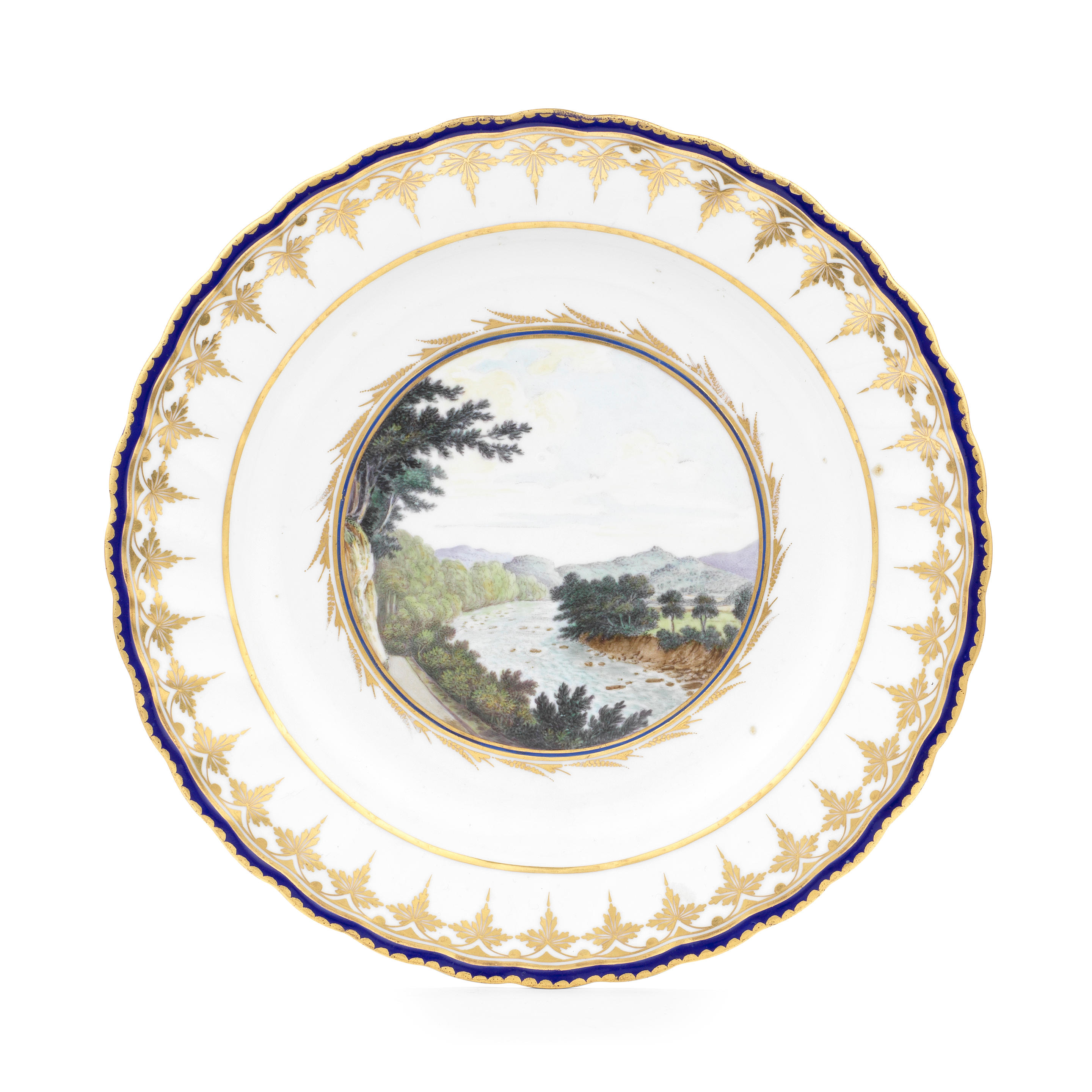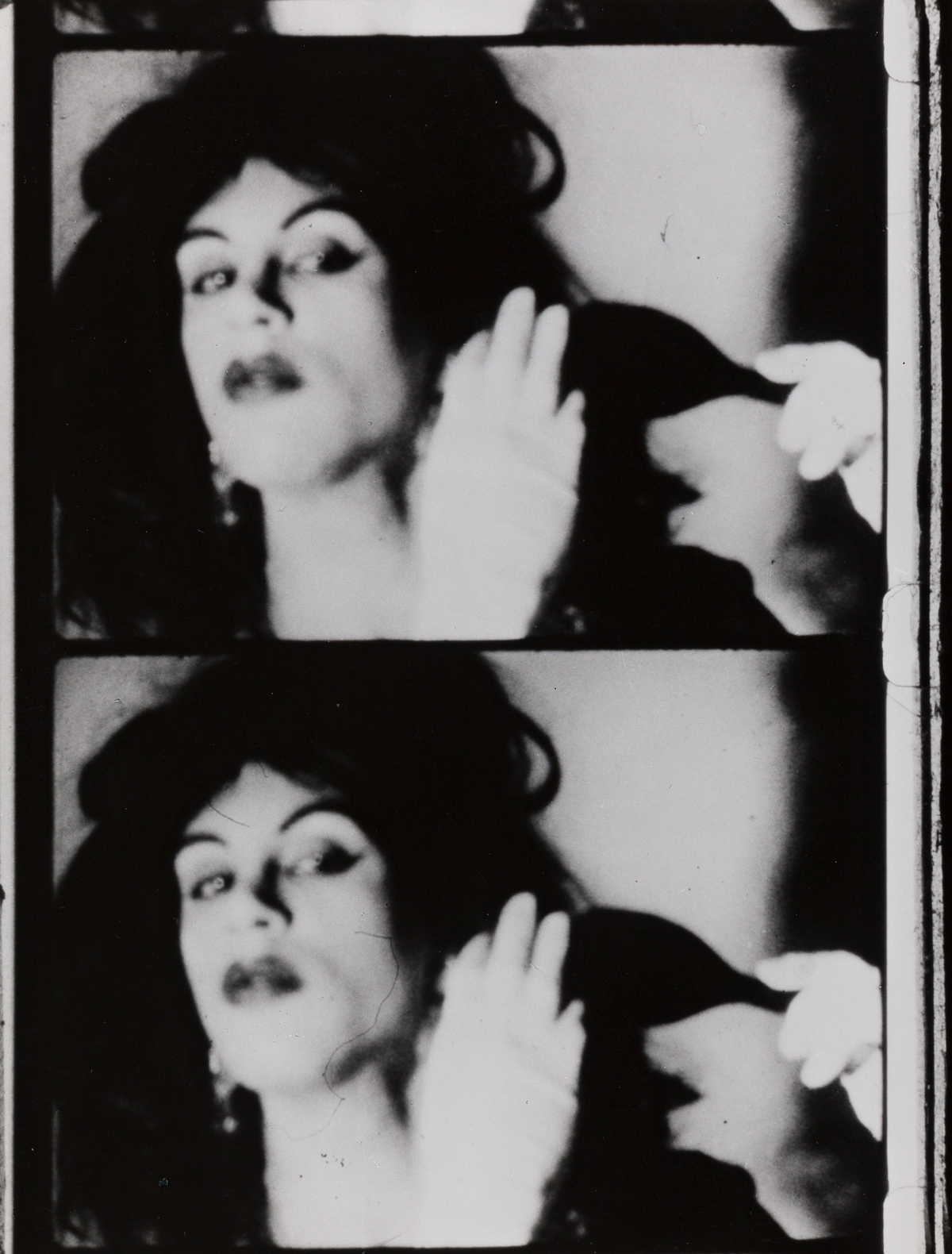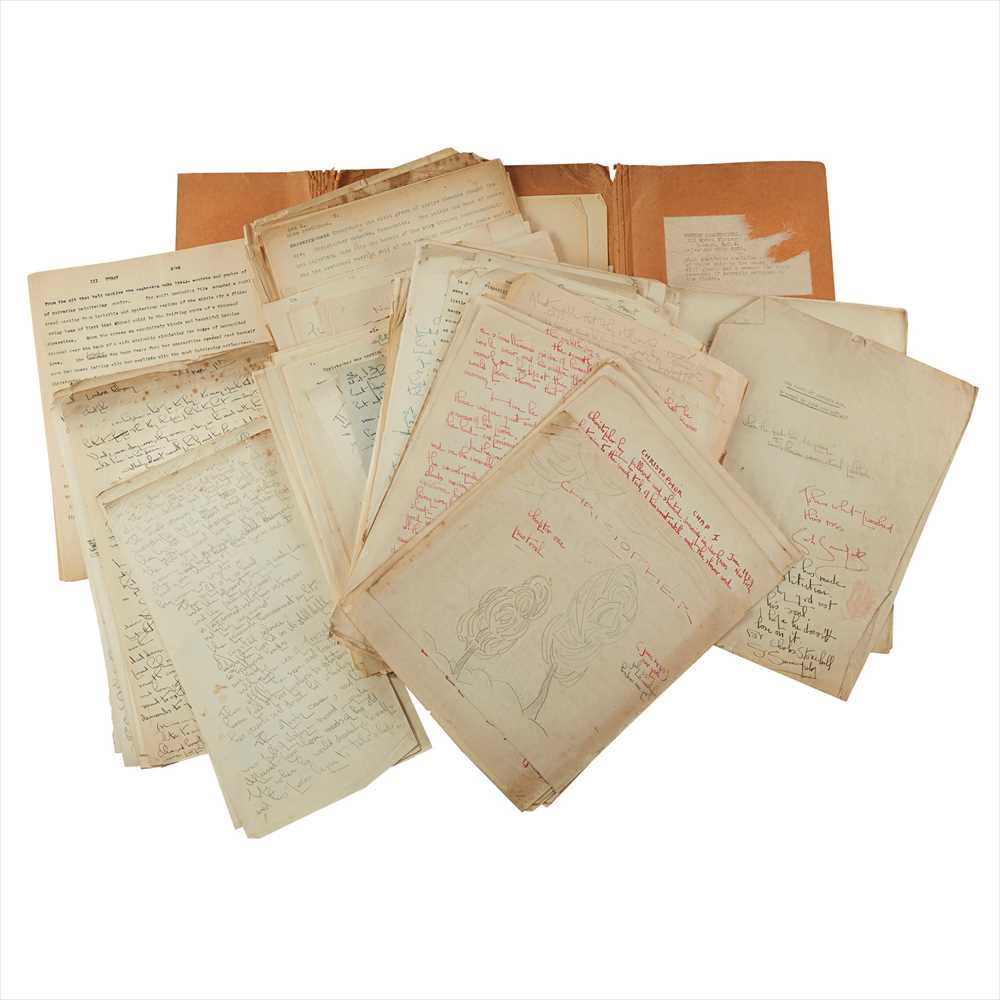An important early Chelsea white model of a finch, circa 1745-49 Naturalistically modelled with its head turned to the right and its left wing outstretched, perched on an oak tree stump applied with trailing branches issuing oak leaves, 17.7cm high Fußnoten The finch is one of the most ambitious and naturalistic models produced by the Chelsea factory in its early period. Two models of the finch were formerly in the Rous Lench Collection and are illustrated by Frank Tilley, The Clue of the Oak Leaf: Its Place in Identifying Unrecorded Triangle Period Chelsea, The Antique Collector, Vol.XXI, No.1 (1950), fig.3. However, only one of these appeared for sale and now is in the Metropolitan Museum of Art, accession no. 2014.565. This model is illustrated and discussed by Jeffrey Munger, European Porcelain in the Metropolitan Museum of Art (2018), pp.247-249, no.79, by Paul Crane, Nature, Porcelain and the Age of the Enlightenment (2015), fig.5, and by Arthur Lane and Robert Charleston, Girl in a Swing Porcelain and Chelsea, ECC Trans., Vol.5, Pt.3 (1962), pp.119-120 and pl.133. Munger states that only a small number of examples of this exceptional figure are known to have been produced. Crane suggests that, like many models from this early period, there is no print source for the finch as the details of the feathers, beak and claws make it far more likely to have been modelled from life. An example formerly in the Katz Collection is now in the Museum of Fine Arts in Boston, accession no. 1988.781. Another is in the Colonial Williamsburg Collection, accession no. 1963-64, illustrated by John C Austin in the catalogue (1977), no.103. The model in the present lot appears to be previously unrecorded, and notably differs from all of the recorded examples in that its left wing is outstretched.
An important early Chelsea white model of a finch, circa 1745-49 Naturalistically modelled with its head turned to the right and its left wing outstretched, perched on an oak tree stump applied with trailing branches issuing oak leaves, 17.7cm high Fußnoten The finch is one of the most ambitious and naturalistic models produced by the Chelsea factory in its early period. Two models of the finch were formerly in the Rous Lench Collection and are illustrated by Frank Tilley, The Clue of the Oak Leaf: Its Place in Identifying Unrecorded Triangle Period Chelsea, The Antique Collector, Vol.XXI, No.1 (1950), fig.3. However, only one of these appeared for sale and now is in the Metropolitan Museum of Art, accession no. 2014.565. This model is illustrated and discussed by Jeffrey Munger, European Porcelain in the Metropolitan Museum of Art (2018), pp.247-249, no.79, by Paul Crane, Nature, Porcelain and the Age of the Enlightenment (2015), fig.5, and by Arthur Lane and Robert Charleston, Girl in a Swing Porcelain and Chelsea, ECC Trans., Vol.5, Pt.3 (1962), pp.119-120 and pl.133. Munger states that only a small number of examples of this exceptional figure are known to have been produced. Crane suggests that, like many models from this early period, there is no print source for the finch as the details of the feathers, beak and claws make it far more likely to have been modelled from life. An example formerly in the Katz Collection is now in the Museum of Fine Arts in Boston, accession no. 1988.781. Another is in the Colonial Williamsburg Collection, accession no. 1963-64, illustrated by John C Austin in the catalogue (1977), no.103. The model in the present lot appears to be previously unrecorded, and notably differs from all of the recorded examples in that its left wing is outstretched.













.jpg)
Testen Sie LotSearch und seine Premium-Features 7 Tage - ohne Kosten!
Lassen Sie sich automatisch über neue Objekte in kommenden Auktionen benachrichtigen.
Suchauftrag anlegen